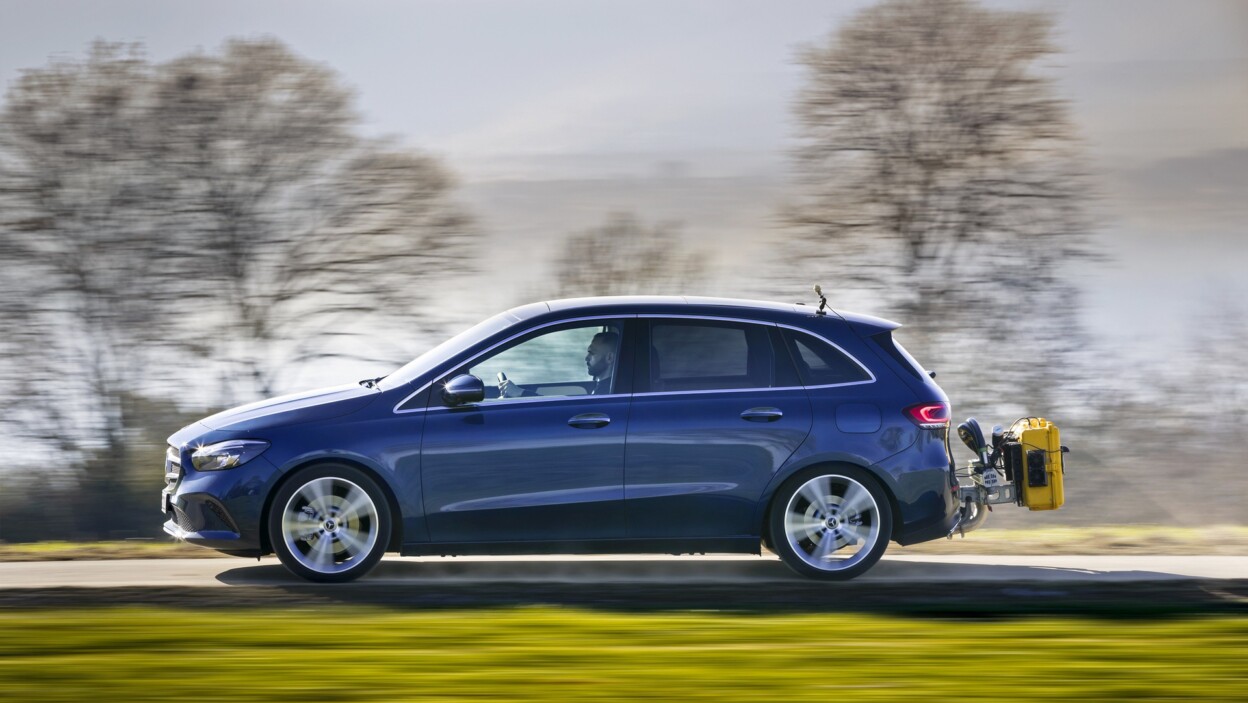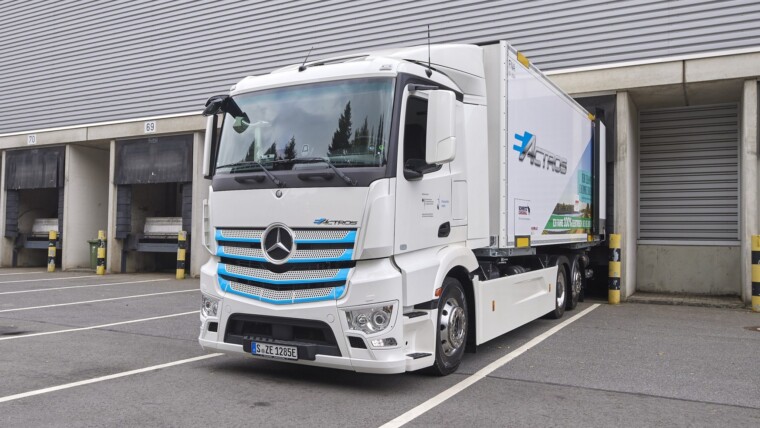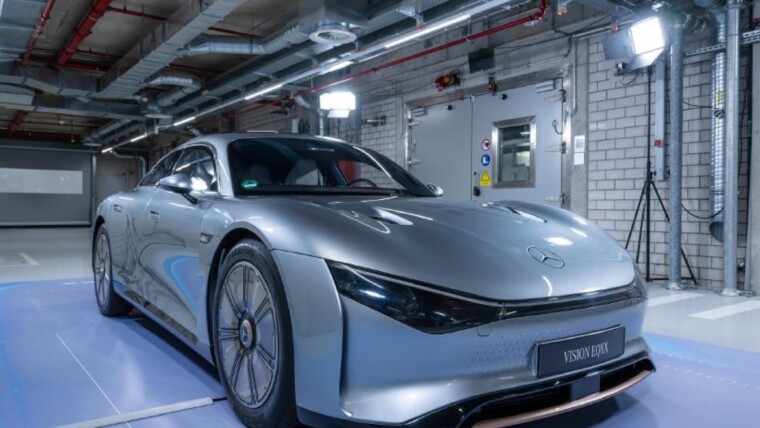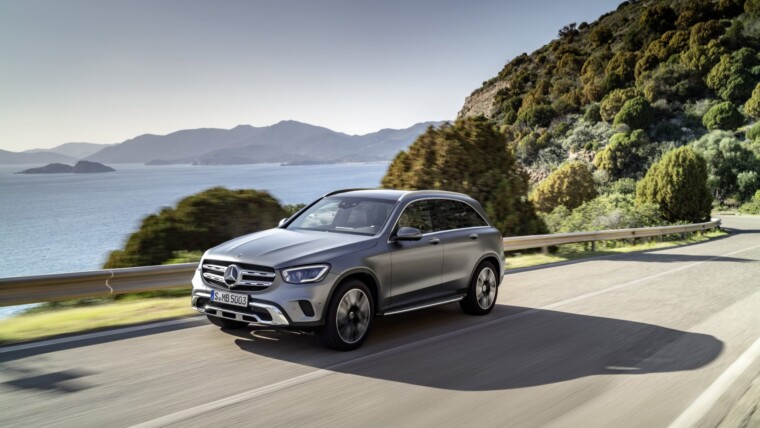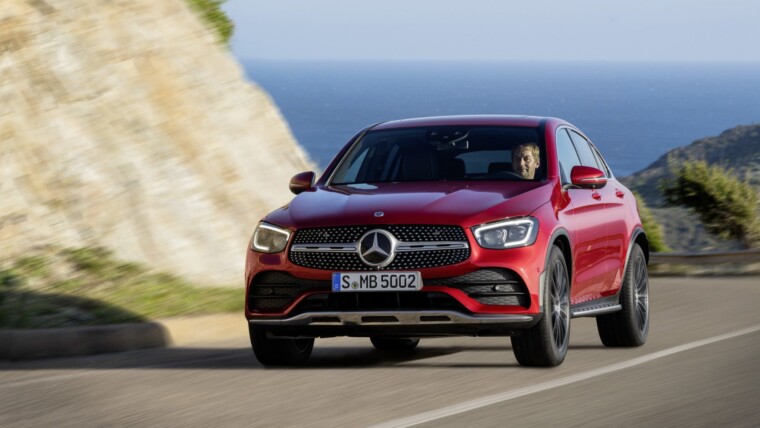Sustainability is one of the core principles in the corporate strategy of Daimler AG, and also a measure of Daimler’s commercial success. The commitment not only relates to the products, but to the entire value creation process. This is why the company is committed to aspects such as the sustainability of supply chains, environmental protection in the plants or the responsible handling of data. A core element for Daimler is and remains the “road to zero-emission driving” and linked to this is the systematic electrification of the entire vehicle fleet.
“Our clear goal is to sustainably lower the emissions of every Mercedes-Benz Cars vehicle. One concrete measure is the gradual electrification of the entire portfolio”, said Britta Seeger, Member of the Board of Management of Daimler AG, responsible for Mercedes-Benz Cars Marketing & Sales. “With this, we will continue to offer our customers attractive and individual mobility services in the future and thus significantly increase the share of electric vehicles in our total sales over the next few years.”
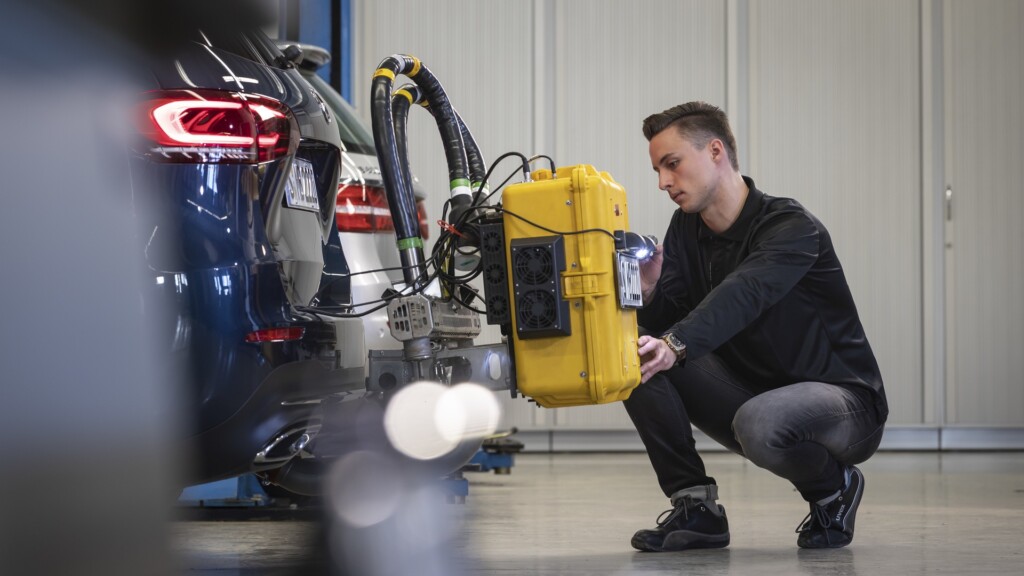
To this end, the company pursues a three-pillared powertrain strategy at present: It focuses on the combination of high-efficiency high-tech combustion engines, numerous hybrid models and electric powertrains with battery or fuel cell. The objective: building vehicles that are attractive to customers and simultaneously meet the ambitious sustainability targets required by law.
One challenge is the emissions legislation which is different around the world and entails different test methods. A current example from the European Union: the new WLTP test method (Worldwide Harmonised Light Vehicle Test Procedure).
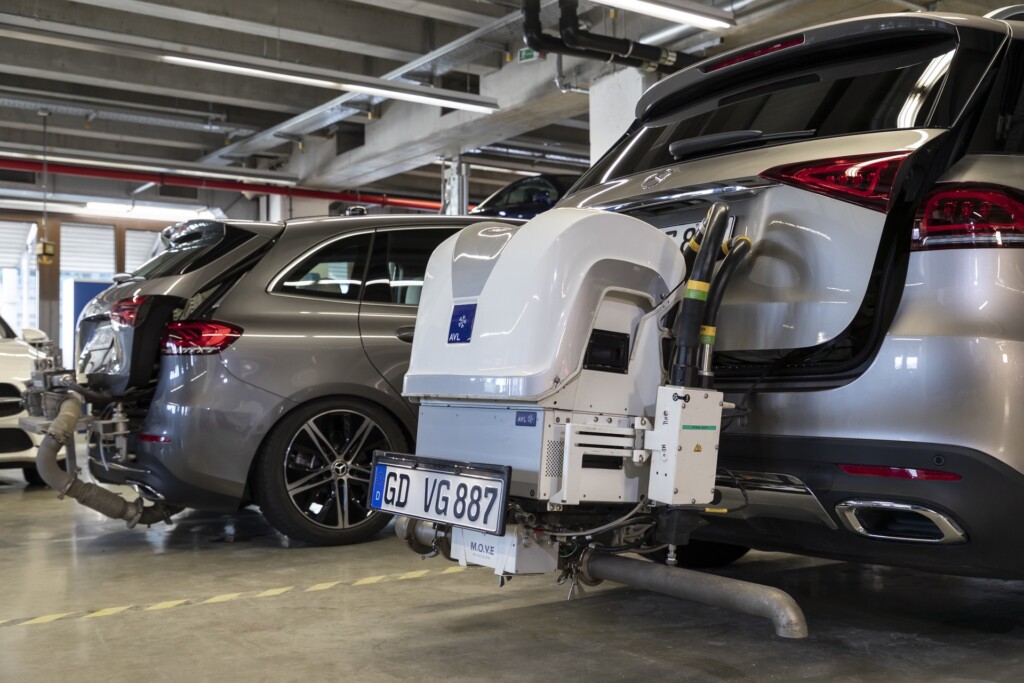
The WLTP test method has barely been introduced, but there are already updates at the beginning of 2019. Among other things, the measuring method for emissions that result from fuel evaporation from the tanks (EVAP) is now much stricter. And in December 2018, the European Union once again tightened the CO2 limits: Car emissions are to be reduced by a further 37.5 percent from 2021 to 2030.
When it comes to reducing emissions, Mercedes-Benz Cars has already taken important steps over the years:
- In the past two decades (1997-2017), the company has cut the average CO2 emissions of its Mercedes-Benz Cars new-vehicle fleet in the EU by almost half; emissions were reduced by more than 45 per cent to 125 g CO2/km (2017).
- According to current calculations, that figure was 132 g CO2/km for Mercedes-Benz Cars in 2018, and 134 g CO2/km, including the vans registered as passenger vehicles under category M1. This increase is primarily to be attributed to the stricter parameters resulting from switching to the WLTP method in September 2017. At the same time, the shift in sales from diesel to petrol engines, as well as the continued increase in sales of large SUVs and all-wheel-drive vehicles, contributed to the increase in the CO2 fleet value.
- For 2019, despite further advances in reduced consumption, Daimler is anticipating only a slightly lower CO2 fleet average.
- For 2020, a significant reduction in the CO2 fleet average is expected due to the planned ramp-up of plug-in hybrids and electric vehicles.
- Consequently, the goal is still to fulfil the demanding statutory CO2 targets. This also applies, in particular, to the near-term EU limits set for 2020/2021.
- Yet, achieving this target is not just a question of technological possibilities or a broad vehicle portfolio which Daimler already offers today. The customer’s actual purchase decision, which depends on usage habits, market-specific conditions and a functioning infrastructure, among other things, is also a central parameter.
- More than 90 percent of the entire product range of Mercedes-Benz Cars is already certified according to Euro 6d TEMP, as well as initial models according to Euro 6d.
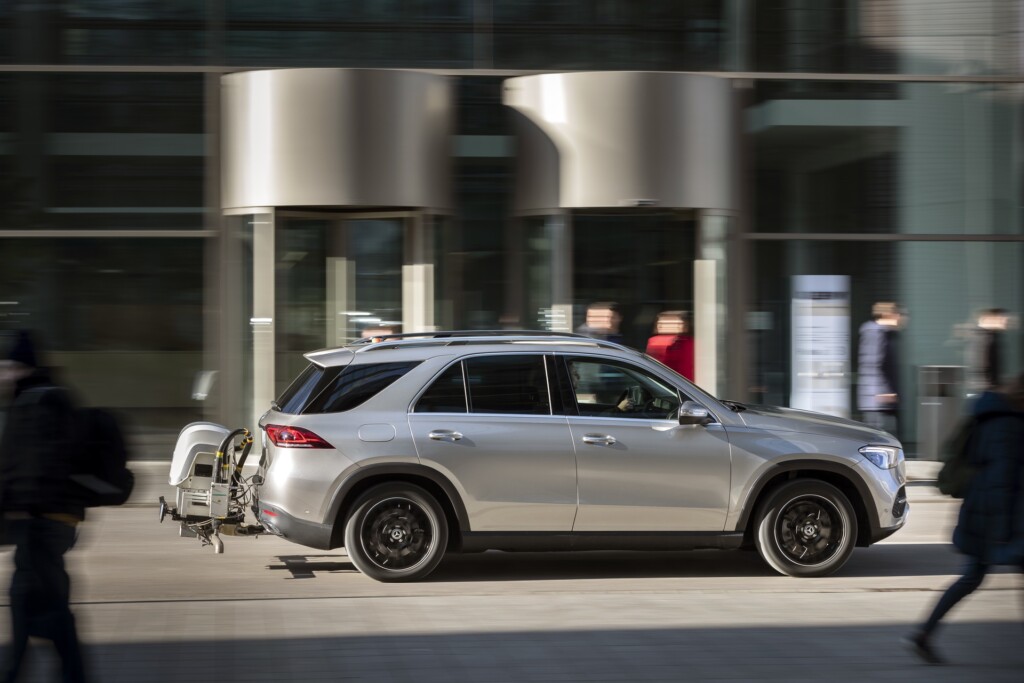
High-tech combustion engines
- The two-litre diesel engine (OM 654q) in the B 200 d/B 220 d (combined fuel consumption: 4.5-4.2 l/100 km; combined CO2 emissions: 119-112 g/km) is one of the very first engines to comply with the Euro 6d standard. Euro 6d does not come into effect until 1 January 2020 for new models (an extension of the 6d-TEMP standard). And the new GLE with the OM 656 six-cylinder diesel engine (GLE 350 d 4MATIC/GLE 400 d 4MATIC: combined fuel consumption: 7.5-7.0 l/100 km; combined CO2 emissions: 199-184 g/km)3 is the first SUV in its class to be certified according to Euro 6d including RDE Stage 2.
- The FAME high-tech engine family (Family of Modular Engines) introduced by Mercedes-Benz in 2016 plays a decisive role in the roadmap for sustainable mobility. Following the new diesel four-cylinder engine (OM 654) launched in spring 2016, three further members of the completely new engine family were brought to market at the end of 2018 with an increasing number of variants: In-line six cylinder diesel (OM 656) and petrol engines (M 256) as well as the four-cylinder diesel OM 654q designed for transverse installation.
- At the same time, pioneering technologies celebrated world premieres, including the integrated starter-generator (ISG), the 48-volt on-board electrical system, the electric additional compressor, the CONICSHAPE “trumpet-honing” of the cylinder walls, the petrol particulate filter, the combination of aluminium housing and steel pistons, as well as the further developed NANOSLIDE® cylinder wall coating, the 2500 bar diesel injection and the additional selective catalytic reduction catalyst (SCR) with ammonia synthesis catalyst (ASC) in the exhaust tract. These innovations attribute to significantly increased efficiency with less emissions in combustion engines.
- The use of alternative fuels is also being examined intensively.
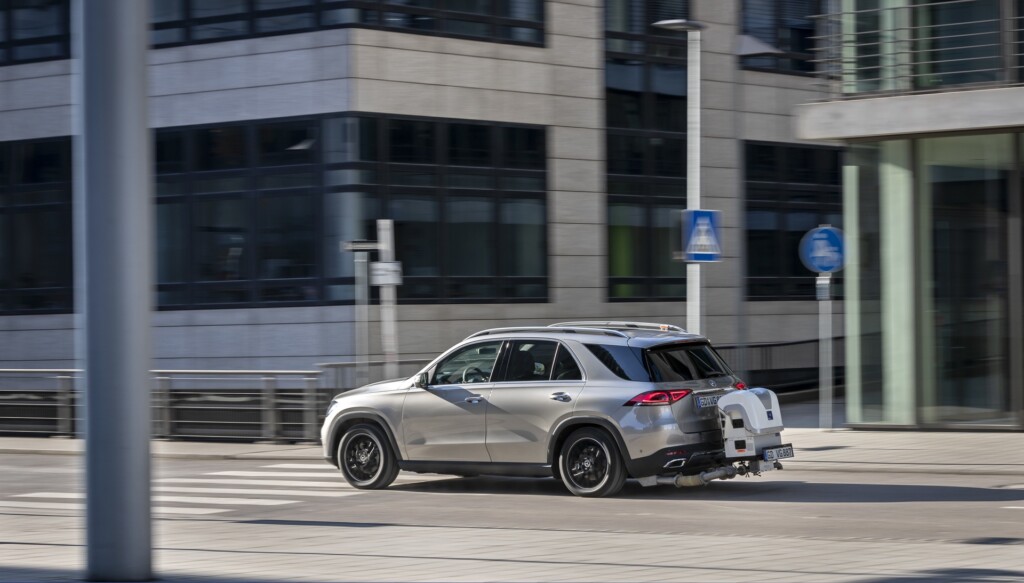
Alternative powertrain systems
- In addition, third-generation plug-in hybrids can also make contributions in improving air quality in towns and cities: With an all-electric range of around 50 km in the C-Class, E-Class and S-Class, for example, and an electric motor output of 90 kW, Mercedes-Benz saloon and estate models can be locally emission-free in the inner city. In the C-Class and E-Class, Mercedes-Benz is the only manufacturer to combine diesel engines with plug-in technology as well. Thus the product range will include more than ten model variants as plug-in hybrids with petrol and diesel engines across all segments by the end of 2019. The aim is to be able to offer customers well over 20 model variants already in the year 2020.
- The EQC (combined power consumption: 22.2 kWh/100 km; combined CO2 emissions: 0 g/km, preliminary data), the first purely battery electric Mercedes‑Benz model from the EQ brand will arrive in the markets in 2019. The EQC is the harbinger of an entire range of new EQ models.
- The GLC F-CELL (combined hydrogen consumption: 0.34 kg/100 km, combined CO2 emissions: 0 g/km, weighted power consumption: 13.7 kWh/100 km, preliminary data), an all-electric vehicle suitable for long journeys that can fill up on hydrogen and electricity, was delivered to first customers in autumn 2018.
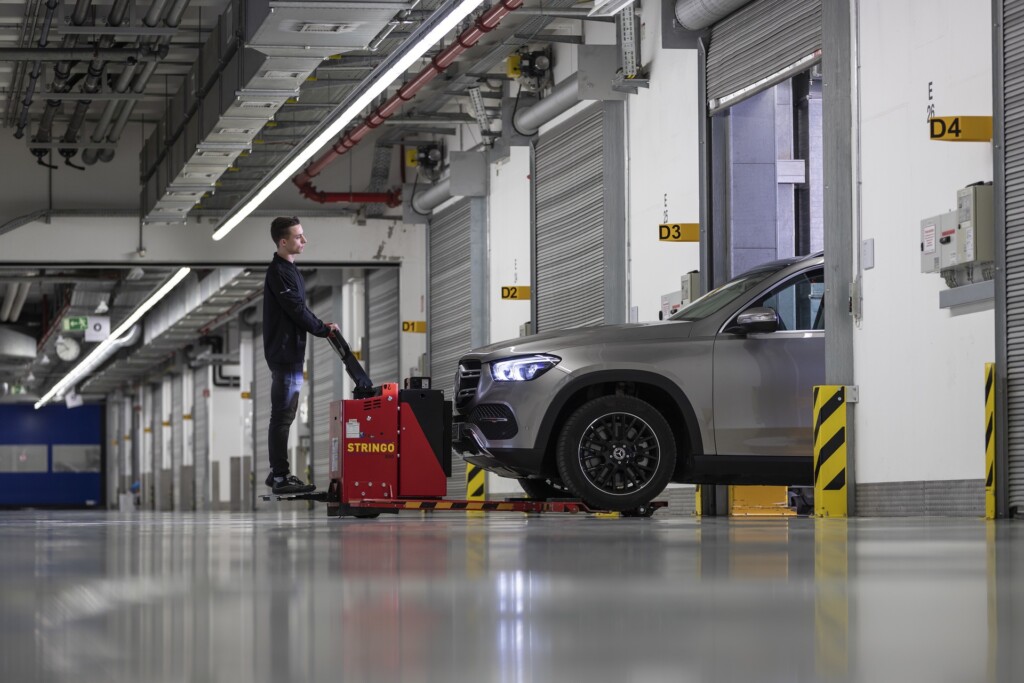
The next steps to achieving the CO2 targets: Systematic electrification
- By 2022, the entire Mercedes-Benz Cars product range is set to be electrified. The company will offer different electrified variants in each segment – from smart to the big SUVs, starting with 48-volt models and a wide selection of plug-in hybrids, to all-electric vehicles with battery and/or fuel cells.
- In addition, Daimler is investing more than ten billion euros in the new EQ product family.
- Daimler expects electric models to make up between 15 and 25 percent of Mercedes-Benz total unit sales by 2025 – depending on individual customer preferences and the development of public infrastructure. The company plans to bring more than ten all-electric cars to the market across all segments, from smart to the big SUVs. Including plug-in hybrid models, the percentage of xEVs (vehicles equipped with an electric traction motor and external charging capability) in Europe could be significantly above 40 percent as plans stand today.
- When it comes to e-mobility, smart is going all the way: smart is the first car brand with its sights set on a complete switch-over from combustion engines to electric powertrains. All new smart cars sold in the USA, Canada and Norway since 2017 have an electric powertrain and this will also be the case in the rest of Europe by 2020. All other markets are set to follow shortly afterwards.
Sustainability in production and procurement
- Apart from the investment in the new EQ product portfolio, Daimler is investing more than one billion euros in a global battery production network within the global production network of Mercedes-Benz Cars. The future battery production network will consist of nine factories at seven locations on three continents.
- With extensive orders for battery cells amounting to 20 billion euros up until 2030, Daimler is setting another important milestone for the electrification of its future electric vehicles in the EQ product and technology brand. In this way, the company, together with its suppliers, is ensuring that today and in the future the global battery production network is always supplied with the latest technologies.
- In the Human Rights Respect System, Daimler has created a systematic approach to respect human rights for sustainable supply chains. Consenting to disclosing the entire supply chain is a prerequisite for a supply contract.
- All Mercedes-Benz plants in Germany will switch to a CO2-neutral energy supply by 2022, e.g. wind power and hydro power.
Other posts by Mark Leo

